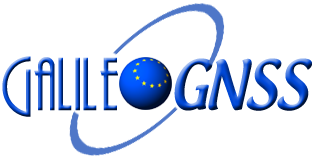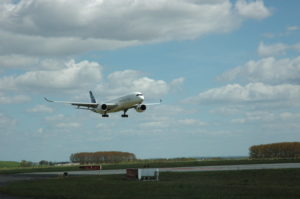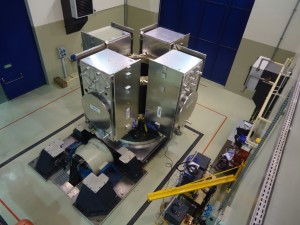The Galileo Public Regulated Service (PRS) is an encrypted navigation service for governmental authorised users and sensitive applications that require high continuity. The GSA actively contributes to the development of all areas of PRS user segment to continuously respond to user needs, and supports a wide and secure use of PRS in compliance with the PRS Decision 1104/2011.
What is PRS?
PRS is similar to Galileo’s Open and Commercial GNSS services, but with some important differences:
- PRS will ensure better continuity of service to authorised users when access to other navigation services may be degraded (resilience).
- In cases of malicious interference, PRS increases the likelihood of the continuous availability of the Signal-in-Space (robustness).




